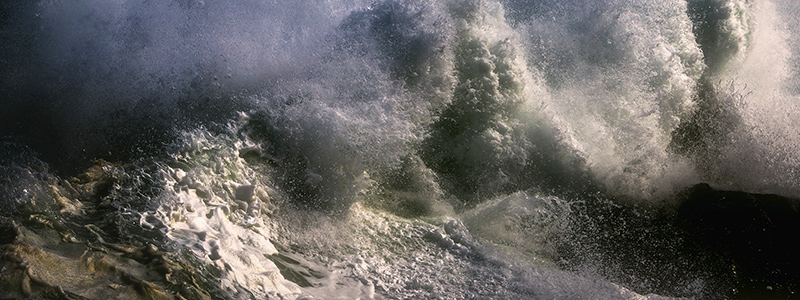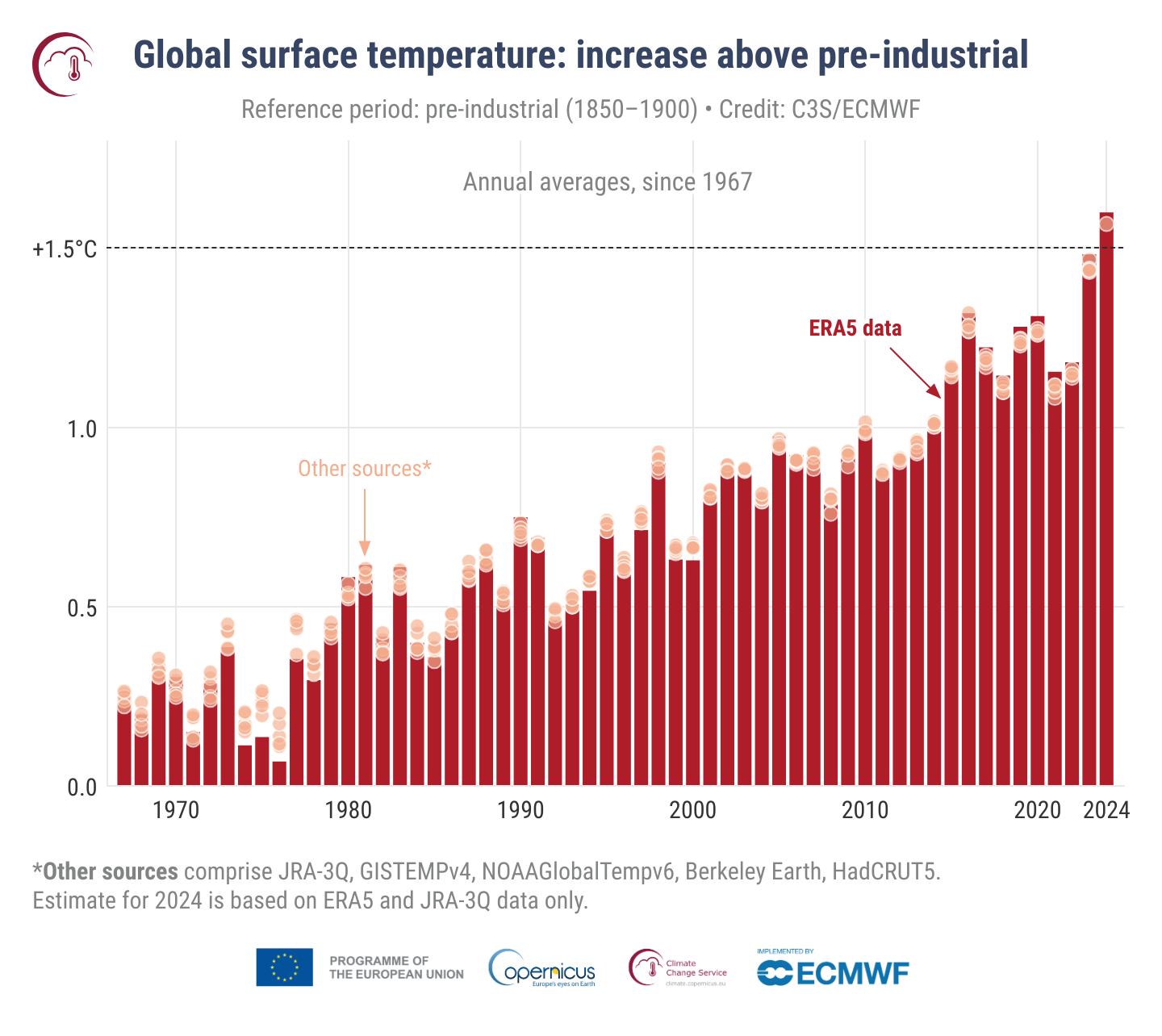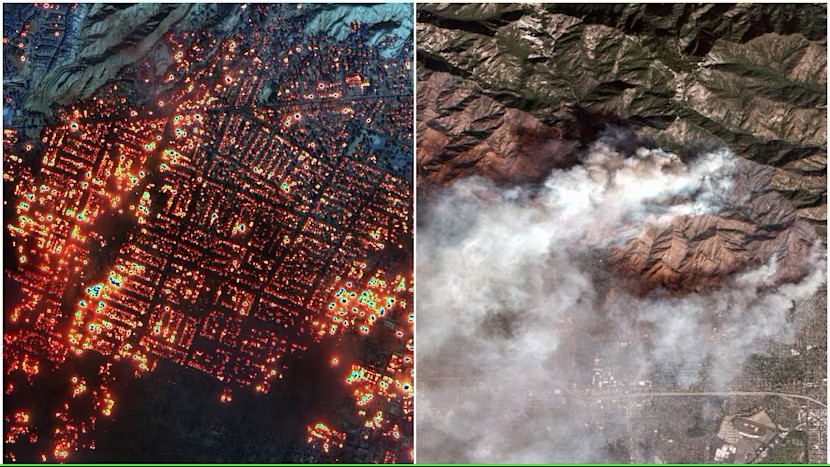

Historical documents allow scientists to reconstruct the flooding history in Italy over hundreds of years
How to retrieve flood data from historical sources?
The researchers examined a vast number of historical documents including digitised diaries and old books. Out of the ~100,000 bibliographic entries, only 150 were found to be useful for the region and time period. Following watercolour painting is one of the historical documents of flood events affecting the city of Rome (Italy).

The information on flood events found in historical documents needed then to be transformed into numerical values. Each event between October and April of any year (when floods commonly occur) was assigned a category of the Storm Severity Index (SSI). This includes 0 (normal), 1 (perturbed), 2 (perturbed with some floods), 3 (disrupted by large floods) and 4 (extraordinarily perturbed with exceptional floods). This allowed the scientists to transform the data into a continuous time series.
The Mediterranean flood history
Between the year 800 and 2017, the study recorded a total of 674 damaging flood events. The following graph shows a filtered version of the millennium-long flooding index record for three main climatic periods: Medieval Warming Period, the Little Ice Age, and Modern Warming. Focusing on climatology and interannual to interdecadal variability, the SSI(GF) provides a detailed analysis and a useful insight into the Mediterranean hydrology for which past records reflect wet and dry episodes alternating over decadal to centennial timescales with major, abrupt transitions, reflecting changes in atmospheric circulation.

The analysis concludes that during the warm medieval period, dominated by a positive phase of the Atlantic Multidecadal Variation (AMV), extreme hydrological events were less frequent while more frequent and intense events prevailed during the cold Little Ice Age (LIA), dominated by a negative phase of the AMV. The AMV is an internal mode of variability in the North Atlantic Ocean (Kerr, 2000), and describes the dominant pattern of sea surface temperature variability in this region.
Finally, starting from the middle of the 19th century, with the exit from the LIA, there has been a decline in the frequency and magnitude of extreme hydrological events, which have re-intensified over the last few decades. In this way, an expected decrease in solar activity during coming decades (Zharkova et al., 2019), could then re-intensify the risk of frequent flooding in southern Europe.
How does this record fit into existing datasets?
The results of this study – lower occurrence of damaging flood events in hot phases (Medieval optimum and Modern Warming) compared to cold phases (e.g. Little Ice Age) – match the results from other paleoclimatic studies: Wirth et al. (2013) showed the presence of more alluvial events during the Little Ice Age (LIA) in Central Alps, confirmed by Wilhelm et al. (2012), who discovered that extreme rainfall and floods over 1400 years were less common and less extreme during hot periods than in cold periods in the French Alps. For floods in Bohemia for the Elbe and Moldova rivers, Yiou et al. (2006) highlighted that (a) frequency and intensity generally decreased in the 20th century, (b) the 19th century was by far more exposed to these phenomena than the 20th century, and (c) the events recorded in the 19th century are unmatched in the second millennium, according to the results obtained by Mudelsee et al. (2003, 2004) for Elba and Oder in Germany.
Why is this important?
Attention to hydraulic defense works and the regulation of watercourses are crucial in a country like Italy, where an uninterrupted flow of air moisture from the Mediterranean Sea, the proximity to cold air sources (polar and arctic areas), and the Italian orography, are all favorable factors for the creation of patterns of extreme rainfall events.
It is important to bear in mind that this is a regional study of past flood variations that does not necessarily reflect global trends. As warmer air holds more moisture, we expect heavier rainfall in a warmer climate. The Intergovernmental Panel on Climate Change (IPCC) report projects an increase in severe flood events globally with global warming.
Further Reading:
- Kerr R.A., 2000. A North Atlantic Climate Pacemaker for the Centuries. Science 288(5473).
- Mudelsee, M., Börngen, M., Tetzlaff, G., Grünewald, U., 2003. No upward trends in the occurrence of extreme floods in Central Europe. Nature 425, 166–169.
- Mudelsee, M., Börngen, M., Tetzlaff, G., Grünewald, U., 2004. Extreme floods in central Europe over the past 500 years: role of cyclone pathway “Zugstrasse Vb”. Journal of Geophysical Research 109, D23101.
- Zharkova V.V., Shepherd S.J., Zharkov S.I., Popova E., 2019. Oscillations of the baseline of solar magnetic field and solar irradiance on a millennial timescale. 9, 9197.
- Wilhelm, B., Arnaud, F., Sabatier, P., Crouzet, C., Brisset, E., Chaumillon, E., Disnar, J.-R., Guiter, F., Malet, E., Reyss, J.-L., Tachikawa, K., Bard, E., Delannoy, J.-J., 2012. 1400 years of extreme precipitation patterns over the Mediterranean French Alps and possible forcing mechanisms. Quaternary Research 78, 1-12.
- Wirth, S.B., Glur, L., Gilli, A., Anselmetti, F.S., 2013. Holocene flood frequency across the Central Alps – solar forcing and evidence for variations in North Atlantic atmospheric circulation, Quaternary science reviews 80, 112-128.
- Yiou, P., Ribereau, P., Naveau, P., Nogaj, M., Brázdil, R., 2006. Statistical analysis of floods in Bohemia (Czech Republic) since 1825. Hydrological Sciences Journal 51, 930-945.
About Nazzareno Diodato





